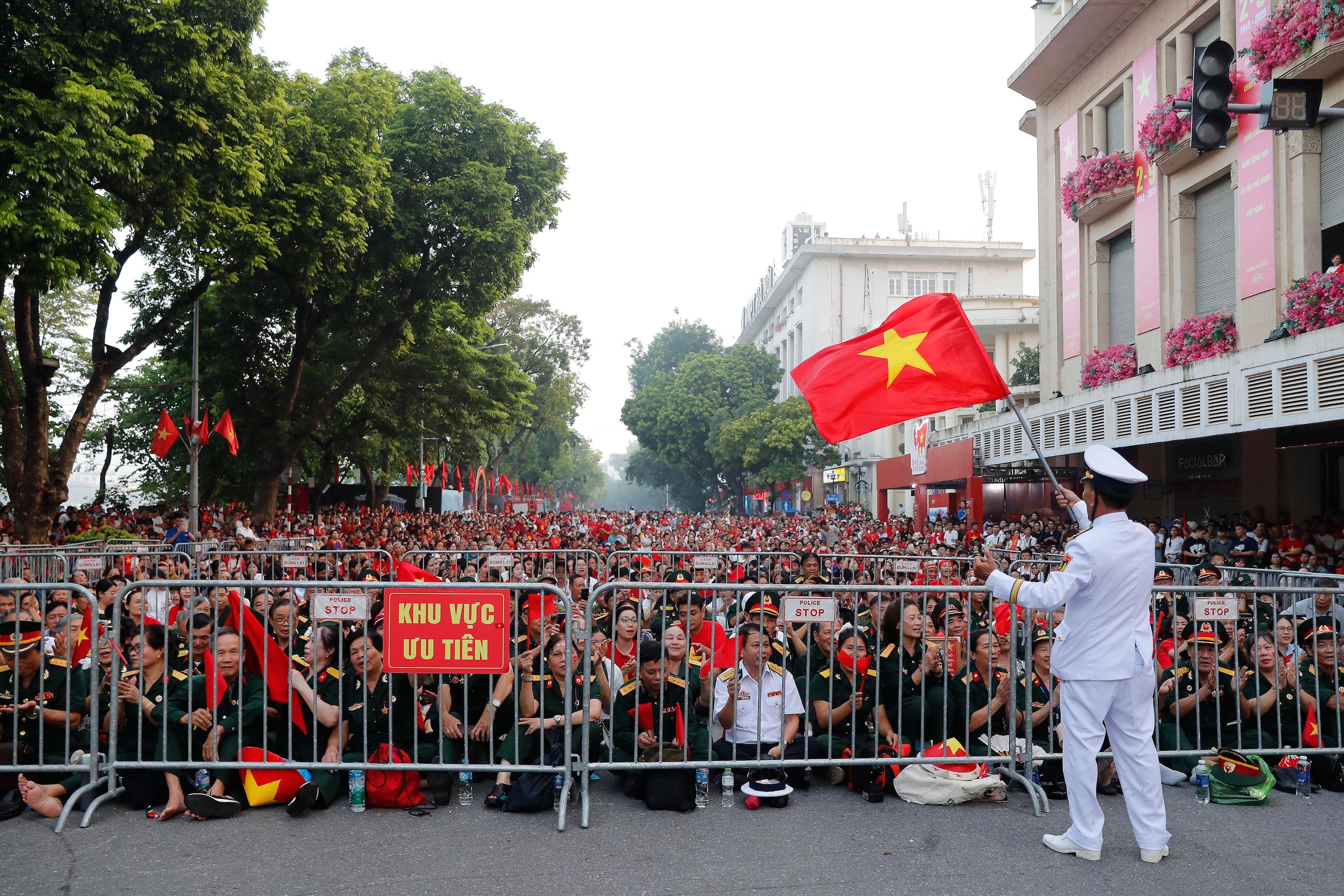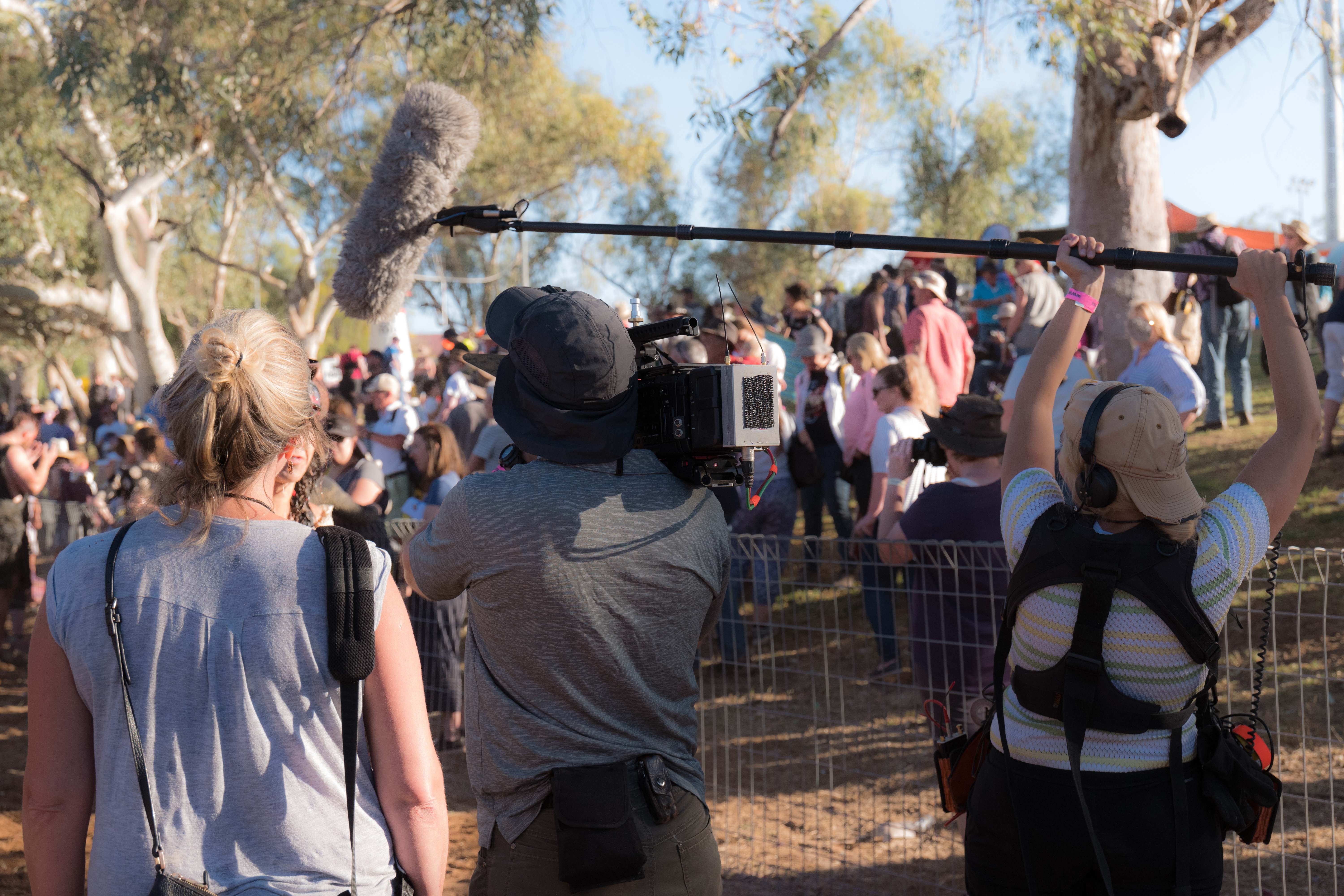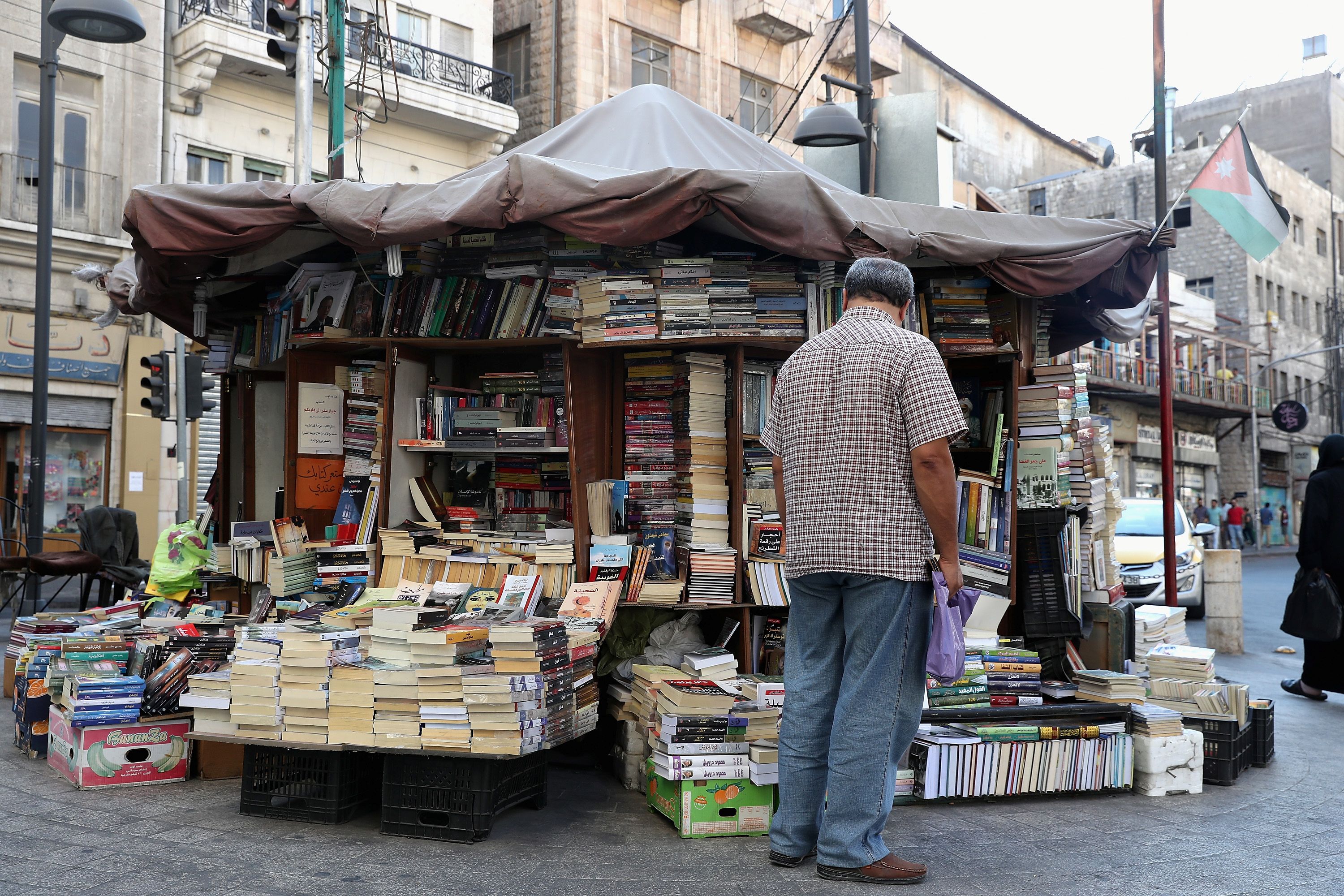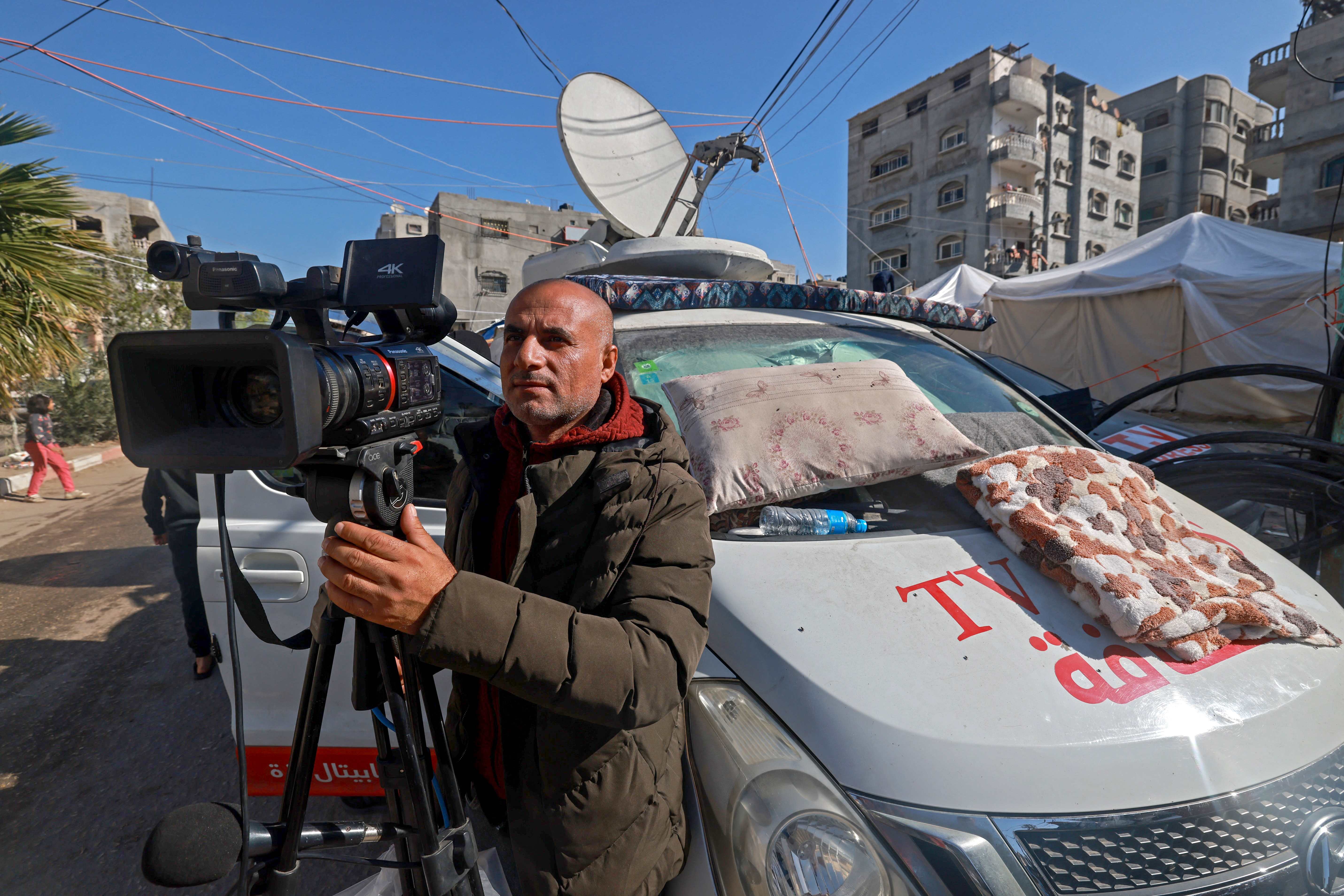منذ عقد تقريبا، وفي منتصف كل عام، يُصدر معهد رويترز تقريره الخاص بالصحافة والإعلام الرقميين، بغية توضيح أنماط تعاطي فئات متنوعة من الجمهور حول العالم مع الأخبار في بيئة الإعلام الجديدة التي تسيطر عليها منصات التواصل الاجتماعي المختلفة وشركات التقنية الكبرى.
وقد ساعد نشر هذا التقرير في السنوات الماضية في الكشف عن نسقٍ أساسي شديد الخطورة والتأثير، مرتبط بالهيمنة المديدة والمفرطة لمنصّات "التواصل الاجتماعي" على حصص الأخبار التي تصل إلى الجمهور وأشكالها، وما يعنيه ذلك من تحكّم بها ولي ذراع الجهات المشاركة في إنتاجها.
وقد عاد التقرير ليؤكّد المؤكَّد، ويتحدث عن استمرار الأزمة التي تعانيها الصحافة الرقمية عالميا، وهي تحاول التكيّف مع التغييرات المتواصلة التي تفرضها المنصات، وهي تغييرات تتقصد عموما تهميش الأخبار والمحتوى السياسي لصالح المحتوى الترفيهي، ومنح الأولوية في بنيتها الخوارزمية للمحتوى المرئي (الفيديو تحديدا) على حساب المحتوى المكتوب. غير أن المشهد الذي يحاول التقرير الإحاطة به واسع وشديد التعقيد والتباين؛ ذلك أنه يدعي تمثيل 47 دولة في ست قارات، وهي دول تتوزع على شمال العالم وجنوبه، وبينها من الاختلافات قدر كبير حتى في النطاق الجغرافي الواحد.
ففي القارة الأوروبية نجد فنلندا والدنمارك اللتين تنعمان بحالة إيجابية نسبيا من الاستهلاك الإخباري وزيادة الاهتمام بالاشتراك المدفوع بمنافذ الصحافة الرقمية، ونجد على الجهة الأخرى بلغاريا وهنغاريا وبولندا وتركيا، التي تتراجع على مؤشر الحريات الصحفية وتشهد صحافتها حالةً من التدخلات الشديدة من طرف السياسيين ورجال الأعمال. أما في منطقة آسيا والمحيط الهادي، فقد دخلت في التقرير 11 دولة، منها أستراليا واليابان وسنغافورة وكوريا الجنوبية، إضافة إلى الهند والفلبين وتايوان، في حين اقتصر التقرير على تغطية أربع دول أفريقية هي كينيا ونيجيريا وجنوب أفريقيا، إضافة إلى المغرب، وهي المرّة الأولى التي يغطي فيها تقرير رويترز دولة عربية منذ بدء صدوره عام 2012.
يتحدث التقرير عن استمرار الأزمة التي تعانيها الصحافة الرقمية عالميا، وهي تحاول التكيّف مع التغييرات المتواصلة التي تفرضها المنصات، وهي تغييرات تتقصد عموما تهميش الأخبار والمحتوى السياسي لصالح المحتوى الترفيهي.
وحتى على مستوى عينات الاستبيان الذي يعتمد عليه التقرير، فثمة تقييدات أساسية ينبّه عليها الباحثون تحدّ من تعميم نتائج تقريرهم، منها مثلا أن الاستبيان في دولٍ مثل الهند ونيجيريا وجنوب أفريقيا استهدف عينة من الناطقين بالإنجليزية من السكان، لاستحالة تمثيل المجموعات الأخرى عبر استبيان رقمي. وتنسحب هذه الملاحظة على بقية الدول المستهدفة؛ ذلك أن المستجوبين في الاستبيانات الرقمية يكونون عادة من "المجتمع الرقمي"، أي من الفئات المتعلمة والأصغر سنا، وهو تباين يكون أكثر وضوحا كما يشير التقرير في دول تتراجع فيها نسب الوصول إلى الإنترنت، مثل الهند وجنوب أفريقيا (60% و58% على التوالي). وهكذا، فإنه يلزم مقاربة نتائج التقرير بالنظر إلى مثل هذه المحددات وسواها، والتأنّي قبل عدّ التقرير دالّا على "اتجاه عالمي" لنمط بعينه من استهلاك الأخبار الرقمية، ولا سيما مع استمرار غياب تمثيل المنطقة العربية في الاستبيان.
أثر التحوّلات في منصّات التواصل الاجتماعي
حسب بيانات تقرير رويترز للأخبار الرقمية، فإن ثمة مؤشرات على بداية موجة جديدة من التحولات التقنية التي ستدفع الشركات التقنية إلى إعادة النظر في إستراتيجيات المحتوى، وهو ما سيفرض تحديا جديدا على قطاع الأخبار والعاملين فيه في المستقبل. المقصود هنا هو تقنيات الذكاء الاصطناعي التوليدي، وآثارها المحتملة على تغيير سلوك مستهلكي المعرفة عموما، بما في ذلك الأخبار، والتعقيدات الناجمة عن ذلك في حال تشديد القواعد التنظيمية لكبح جماح عمليات الفبركة وحملات التضليل. إلا أن الظاهرة الأبرز حاليا هي الصعود المتواصل لمنصات لم تكن في أصل نشأتها قنوات لاستهلاك الأخبار رقميا، مثل واتساب وتيك توك، ومنصة فيسبوك التي كانت تقليديا (ولا تزال) أهمّ منصّة لوصول الأخبار والمحتوى السياسي للجمهور عالميا.
الظاهرة الأبرز حاليا هي الصعود المتواصل لمنصات لم تكن في أصل نشأتها قنوات لاستهلاك الأخبار رقميا، مثل واتساب وتيك توك، ومنصة فيسبوك التي كانت تقليديا (ولا تزال) أهمّ منصّة لوصول الأخبار والمحتوى السياسي للجمهور عالميا.
ضمن هذه الحالة ذاتها، يتبدّى في بيانات التقرير تفضيلٌ متزايد لمحتوى الفيديو، وهو نوع المحتوى الذي يتسق مع إستراتيجيات الشركات المالكة لمنصات التواصل الاجتماعي التي تسعى دوما إلى زيادة الوقت الذي يقضيه المستخدم على منصاتها، سواء عبر تهميش المنشورات التي تتضمن روابط خارجية، أو منح الأولوية لظهور مقاطع الفيديو المرفوعة عليها، مع تفضيل متواصل للمحتوى غير السياسي. كذلك تعززت المكتسبات التي حققتها منصات الفيديو، مثل يوتيوب وتيك توك وإنستغرام، ولا سيما -وفق ما يذكر التقرير- في دول الجنوب العالمي، حيث يتضاعف الاعتماد على منصات التواصل الاجتماعي للوصول إلى الأخبار. فعلى تيك توك، الأكثر استخداما بين الفئات العمرية الأصغر، ارتفعت نسبة من يعتمدون عليه للوصول إلى الأخبار بمعدل 13% عالميا، وهي نسبة ترتفع إلى 23% بين المستجوبين من الفئة العمرية بين 18 إلى 24 عاما. أما لو أخذنا بعض الدول كُلا على حدة، فسنرى نمطا أسرع من النمو في استخدام تيك توك في استهلاك الأخبار، تصل في بعض الحالات إلى ثلث المستخدمين تقريبا، كما هي الحال في تايلاند وكينيا وإندونيسيا والبيرو، إضافة إلى المغرب، التي بلغت نسبة استخدام تيك توك فيها للوصول إلى الأخبار 22%.
غير أن هذا الوضع يخلق إشكالية واضحة في التداخل المفرط بين طريقة عمل المنصّات ومنافذ الأخبار؛ فمنصّات التواصل الاجتماعي تدرك أنّها لم تعد مكانا لممارسة "التواصل"، بل تحوّلت إلى ساحة واسعة للمحتوى وصنّاعه. في المقابل، تدرك المؤسسات الإخبارية أنّ عليها أن ترضى بدور "صانع المحتوى"، كي يصل منتجها إلى الجمهور، وهو ما يعني مراعاة أمرين هما كذلك متداخلان ويتحكّم أحدهما بالآخر: تفضيلات الجمهور نفسه، ومتطلبات خوارزميات المنصّات التي تتعاطى مع تلك التفضيلات، ولكل ذلك انعكاس معلوم على نوع الأخبار التي تصل إلى الجمهور وطبيعتها.
ومع النجاح العريض الراهن لمنصّة تيك توك، راح نموذج عملها يسيطر على إستراتيجيات تطوير المنصات الأخرى، فنمت ظاهرة "تكتكة" الإنترنت بحسب وصف صحيفة فايننشال تايمز البريطانية، فتضاعف رواج محتوى الفيديو والفيديوهات القصيرة، التي يتراجع فيها الاجتماعي والإخباري لصالح الترفيه ومحتوى المؤثّرين والعلامات التجارية الكبرى، وهو ما انعكس سلبا على مكانة الأخبار وإمكانية وصولها والوصول إليها في هذه البيئة الرقمية شديدة التعسف.
وصحيح أن النسخ السابقة من التقرير لم تقطع الأمل تماما من استمرار اهتمام الجمهور بالأخبار بصيغتها المكتوبة، بل وتحدّثت عن تفضيل نِسَب من المستجوبين للنص الخبري مقارنة بالصوت أو الفيديو لأسباب عمليّة بدت واضحة حينئذ (فالقارئ يستعرض النص الجيّد سريعا ليحصّل المعلومة التي يبحث عنها، بخلاف ما عليه الحال في المحتوى المسموع أو المرئي)، إلا أن تقرير هذا العام يشير إلى اتجاه نحو تفضيل محتوى الفيديو الخبري أيضا، ولا سيما بأشكاله القصيرة؛ فقد أشار 66% من المشاركين في الاستبيان إلى أنهم يستهلكون مقاطع الفيديو الخبرية القصيرة، مرة واحدة في الأسبوع على الأقل. ورغم أنّ التقرير لا يغطي إلا دولة عربية واحدة، فإن مختلف المؤشّرات تقترح اتجاها مماثلا يمكن سحبه على دول عربية مختلفة، ولا سيما مع ارتفاع معدلات الوصول إلى الإنترنت، خصوصا بين الشباب، علما أن نسبة مستهلكي الأخبار عبر الفيديو القصير في المغرب تصل بحسب تقرير رويترز إلى 80%.
مع النجاح العريض الراهن لمنصّة تيك توك، راح نموذج عملها يسيطر على إستراتيجيات تطوير المنصات الأخرى، فنمت ظاهرة "تكتكة" الإنترنت بحسب وصف صحيفة فايننشال تايمز البريطانية، فتضاعف رواج محتوى الفيديو والفيديوهات القصيرة، التي يتراجع فيها الاجتماعي والإخباري لصالح الترفيه ومحتوى المؤثّرين والعلامات التجارية الكبرى.
ورغم تفهم العوامل التي تضمن تفوق محتوى الفيديو وإغرائه، ولعل أهمها هو أنّ نطاقا واسعا من المستخدمين لا يستهلكون المحتوى إلا عبر المنصة التي يفضلونها (إنستغرام وتيك توك مثلا)، فإن آثار ذلك على طريقة صناعة الأخبار والتعامل معها وخيمة؛ فيصبح الاختزال هو الأساس عوضا عن توضيح السياقات وتقديم الأطر الشارحة، وتحلّ اللغة الجامدة المختصرة محلّ الكتابة الوصفية المؤثرة، فتضيع القصص الصحفية الإنسانية وتضيق المساحة على توظيف أدوات السرد في الكتابة والتقارير الإخبارية، عدا عن زيادة احتمالات التضليل والفبركة. ولا يفوتنا التذكير هنا بالمحنة المضاعفة التي يتركها هذا التحول على حالة الصحافة العربية، التي تشهد انحدارا مقلقا في مختلف المؤشرات، في ظل تراجع مشاريع التحوّل الديمقراطي وأجنداته في المنطقة.





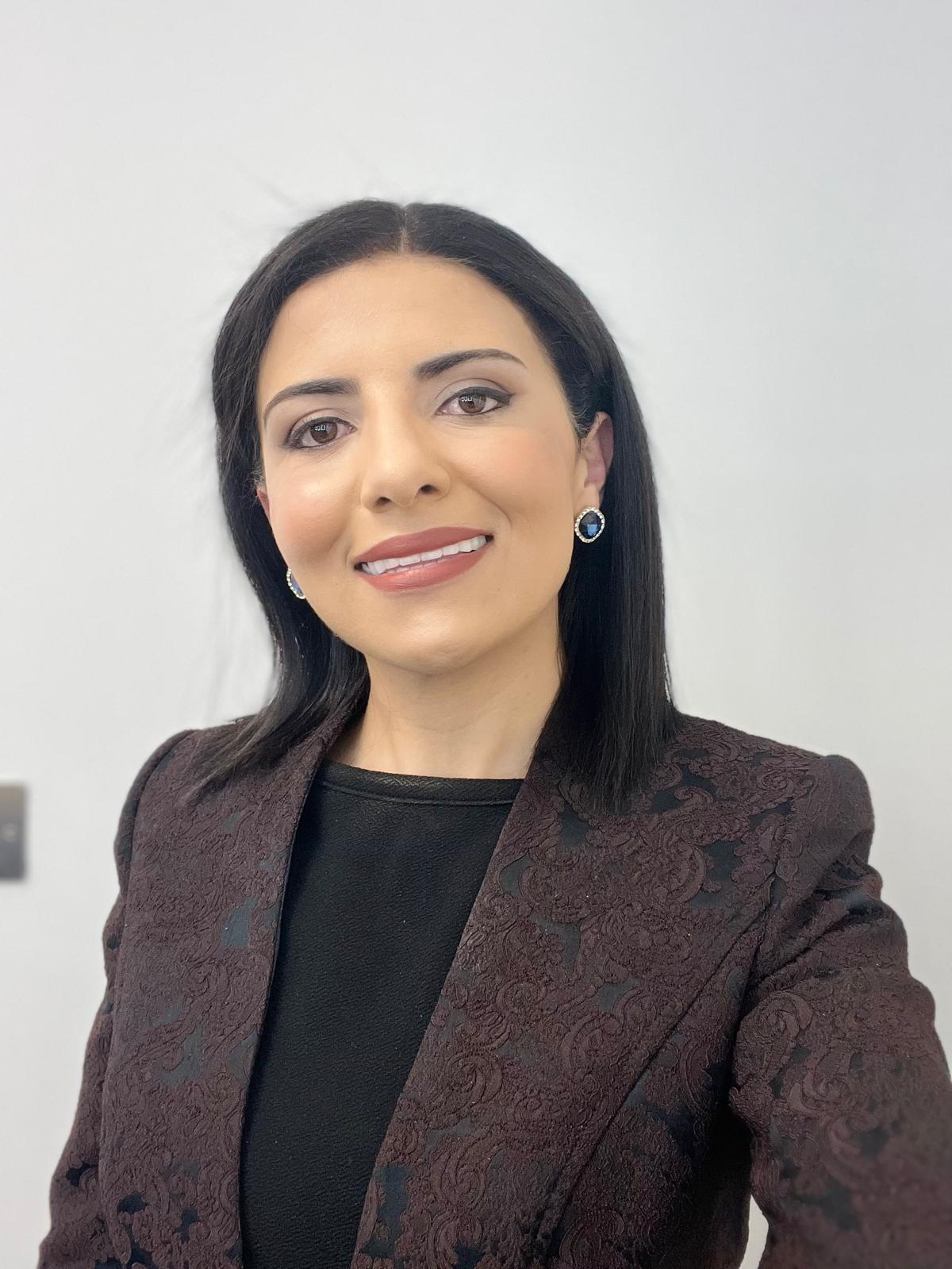


![Palestinian journalists attempt to connect to the internet using their phones in Rafah on the southern Gaza Strip. [Said Khatib/AFP]](/sites/default/files/ajr/2025/34962UB-highres-1705225575%20Large.jpeg)


